Home>Interior Design>Ceiling Trim Ideas: 12 Ways To Enhance This Architectural Feature
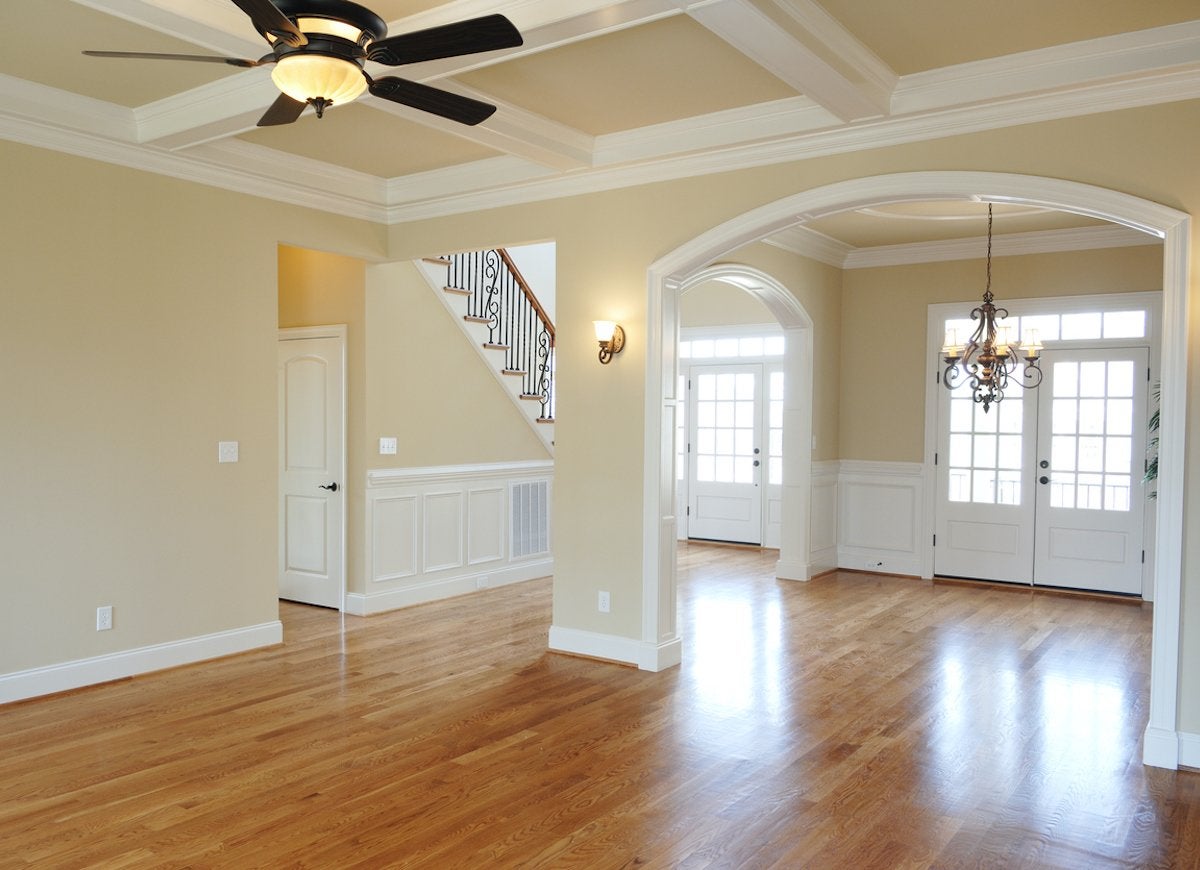

Interior Design
Ceiling Trim Ideas: 12 Ways To Enhance This Architectural Feature
Modified: May 6, 2024
Looking for interior design ideas to enhance your ceiling trim? Check out these 12 inspiring ways to elevate this architectural feature.
(Many of the links in this article redirect to a specific reviewed product. Your purchase of these products through affiliate links helps to generate commission for Storables.com, at no extra cost. Learn more)
Introduction
When it comes to interior design, every detail counts. From the flooring to the furniture, each element contributes to creating a cohesive and aesthetically pleasing space. One often overlooked architectural feature is the ceiling trim. While it may seem like a minor detail, the right ceiling trim can greatly enhance the overall look and feel of a room.
Ceiling trim refers to the decorative elements that are installed along the edges and corners of a ceiling. It serves both a functional and aesthetic purpose, adding depth, character, and visual interest to the space. Whether you’re looking to add a touch of elegance or create a dramatic focal point, there are numerous ceiling trim ideas that can transform your space.
In this article, we’ll explore 12 ways to enhance your ceiling trim and elevate the style of your interior design.
Key Takeaways:
- Elevate your interior design with 12 captivating ceiling trim ideas, from classic crown molding to rustic exposed beams. Each option adds depth, character, and visual interest to transform your space.
- Whether you prefer timeless elegance, rustic charm, or modern sophistication, there’s a ceiling trim idea to suit every style. Enhance your space with coffered ceilings, tin tiles, painted trims, and more to create a captivating and extraordinary room.
Read more: What Is Trim In Construction
Crown Molding
Crown molding is perhaps the most classic and timeless choice when it comes to ceiling trim. It refers to decorative molding that is installed at the junction between the walls and ceiling, providing a smooth transition and an elegant finishing touch. Crown molding can be simple or intricate in design, depending on the overall style of the room.
One of the main benefits of crown molding is that it adds architectural interest and visual appeal to any space. It instantly elevates the room, making it look more sophisticated and well-crafted. Crown molding can also help to define the proportions of the room, making it appear taller and more spacious.
There are various types of crown molding to choose from, such as traditional, contemporary, or even customized designs. Traditional crown molding features intricate details and ornate patterns, often seen in Victorian or Georgian-style homes. Contemporary crown molding, on the other hand, is more streamlined and minimalistic, perfect for modern or minimalist interiors.
When selecting crown molding, consider the height and style of your ceilings, as well as the overall aesthetic of the room. Higher ceilings can accommodate larger and more elaborate crown molding, while lower ceilings may require smaller, less ornate options. Additionally, for rooms with a more casual or relaxed vibe, you can opt for simpler and less detailed crown molding.
Installing crown molding requires some precision and skill, so it’s recommended to hire a professional if you’re not experienced in carpentry work. A professional can ensure that the crown molding is installed seamlessly and aligned properly.
Crown molding is typically made from wood, but there are also options available in materials like polyurethane or composite materials, which are more budget-friendly and easier to install. It can be left in its natural wood finish or painted to match the color scheme of the room.
Overall, crown molding is a timeless and versatile choice for enhancing the ceiling trim of any room. Its elegant and polished look adds a touch of sophistication to your interior design, making it a popular choice among homeowners and interior designers alike.
Beamed Ceilings
Beamed ceilings are a stunning and rustic option for those who want to add a touch of warmth and character to their space. This type of ceiling trim features exposed wooden beams that crisscross the ceiling, creating an architectural focal point that instantly draws the eye.
Beamed ceilings are especially popular in homes with a traditional or farmhouse style, as they exude a cozy and charming atmosphere. However, they can also be incorporated into modern or contemporary interiors to add a unique and unexpected element.
There are different types of beamed ceilings to choose from, depending on the desired look and structure of the room. Solid wood beams offer a more authentic and substantial feel, while faux beams made from materials like polyurethane or composite wood provide a more budget-friendly and lightweight alternative.
The placement and arrangement of the beams can vary as well. Some homeowners prefer symmetrical beams that create a uniform and balanced look, while others opt for a more irregular placement for a rustic and eclectic vibe. The beams can be left in their natural wood finish for a more traditional look, or they can be painted in a complementary color to match the overall color scheme of the room.
In addition to their aesthetic appeal, beamed ceilings can also be functional. They can help to define different areas within an open-concept space or provide structural support in older homes. With the right lighting design, beamed ceilings can also create interesting shadows and contribute to the overall ambiance of the room.
When considering incorporating beamed ceilings into your interior design, it’s important to take into account the height of the room. Low ceilings may not allow for the installation of large, heavy beams as they can make the space feel cramped. However, in rooms with high ceilings, beamed ceilings can add a sense of grandeur and drama.
Whether you choose to install solid wood beams or opt for the more affordable faux beams, beamed ceilings are a fantastic way to add a rustic and inviting element to your space. They can transform an ordinary room into a cozy retreat that showcases the beauty of natural materials and craftsmanship.
Ceiling Medallions
Ceiling medallions are decorative accents that are installed around light fixtures or ceiling fans, adding a touch of elegance and sophistication to any room. These circular or oval-shaped embellishments are typically made from materials like wood, plaster, or polyurethane and come in a variety of styles and designs.
Ceiling medallions serve as a focal point on the ceiling, drawing attention to the light fixture or fan. They provide a visual anchor and can greatly enhance the overall aesthetic of the room. Whether you prefer a traditional, ornate design or a more modern and minimalist style, there’s a ceiling medallion to suit every taste.
One of the main benefits of ceiling medallions is their versatility. They can be used to complement a wide range of interior design styles, from classic and Victorian to contemporary and transitional. Additionally, ceiling medallions come in different sizes, allowing you to choose one that best fits the proportions of your room.
Installing a ceiling medallion is relatively straightforward and can be done as a DIY project. They are typically attached to the ceiling using construction adhesive or screws. Some ceiling medallions have pre-cut holes in the center, allowing you to easily install them around existing light fixtures or fans.
Once installed, ceiling medallions can be left in their natural finish or painted to coordinate with the room’s color scheme. Many homeowners choose to paint them in a contrasting color to create a visually striking effect. For example, a white ceiling medallion against a dark-colored ceiling can make a bold statement.
Aside from their aesthetic appeal, ceiling medallions also serve a practical purpose. They can help to cover any imperfections or unevenness in the ceiling, providing a more seamless and finished look. Additionally, ceiling medallions can help to distribute the weight of a heavy light fixture or fan, making the installation more secure.
Whether used in the dining room, living room, or bedroom, ceiling medallions add a touch of elegance and sophistication to any space. They elevate the style of the room, making it feel more refined and polished. With their unique designs and easy installation, ceiling medallions are a popular choice for those looking to enhance their ceiling trim.
Tin Tiles
If you’re looking to add a vintage or industrial touch to your space, tin tiles are an excellent choice for ceiling trim. These decorative tiles are made from thin sheets of tin or other lightweight metal, embossed with intricate patterns and designs. They are reminiscent of old-world charm and can instantly transform the look and feel of a room.
Tin tiles were originally used as a practical solution for fireproofing ceilings in the late 19th and early 20th centuries. Today, they are popularly used as decorative elements to evoke a sense of nostalgia and architectural interest.
Tin tiles are available in various styles and designs, ranging from simple geometric patterns to more intricate floral motifs. They can be painted in different colors or left with their natural metallic finish, depending on the desired aesthetic. The reflective surface of tin tiles can also help to brighten up the room by reflecting light.
One of the advantages of tin tiles is that they are relatively easy to install. They can be affixed directly to the ceiling using adhesive or nailed in place. Many tin tile manufacturers also offer tiles that are designed to fit seamlessly together, allowing for a uniform and polished look.
Tin tiles are not limited to just ceilings. They can also be used as a backsplash for kitchen or bathroom walls, or as a decorative element for furniture and cabinetry. This versatility allows you to incorporate tin tiles in various ways to create a cohesive and visually appealing design.
With their unique textures and patterns, tin tiles add visual interest and dimension to any space. They can transform a plain ceiling into a statement piece or create a one-of-a-kind accent wall. Whether you’re aiming for a vintage, industrial, or eclectic look, tin tiles are a fantastic choice for achieving a distinctive and stylish interior.
When it comes to maintenance, tin tiles are relatively low-maintenance. They can be easily cleaned with a damp cloth to remove any dust or dirt build-up. It’s important to avoid using abrasive cleaners or scrubbing tools that may damage the surface of the tiles.
Overall, tin tiles offer a unique and eye-catching option for enhancing your ceiling trim. Whether you’re renovating an old home or adding character to a new space, tin tiles bring a touch of vintage charm and architectural beauty to any room.
Wood Paneling
Wood paneling is a classic and timeless choice for enhancing the ceiling trim in any room. It adds warmth, texture, and a touch of sophistication to the space, creating a cozy and inviting atmosphere. Whether you prefer a traditional or contemporary look, wood paneling can be customized to suit your desired style.
Wood paneling comes in various forms, such as tongue and groove, shiplap, or beadboard. Each style has its own unique characteristics and installation method. Tongue and groove panels feature interlocking edges that create a seamless and polished look. Shiplap panels have overlapping edges that create a rustic and charming aesthetic. Beadboard panels feature vertical grooves that add dimension and visual interest.
One of the main advantages of wood paneling is its versatility. It can be used to cover the entire ceiling or installed as an accent paneling on specific sections, such as a tray ceiling or around beams. The type of wood used for the paneling can also be customized to match the overall aesthetic of the room. Options range from light-colored woods like pine or maple to darker woods like oak or walnut.
Wood paneling can be stained to enhance the natural beauty of the wood grain or painted in a color that complements the room’s color scheme. It’s important to consider the overall style and ambiance you want to achieve when selecting the finish for your wood paneling.
Installing wood paneling on the ceiling requires proper planning and preparation. It’s recommended to seek professional advice or hire a skilled carpenter to ensure a precise and secure installation. The panels should be properly sized and cut to fit the dimensions of the ceiling, and they need to be securely attached to provide long-lasting support.
Wood paneling on the ceiling not only adds visual interest but also has acoustic benefits. The natural texture of the wood can help to absorb sound and reduce echo in the room, creating a more pleasant and comfortable environment.
In terms of maintenance, wood paneling on the ceiling requires periodic cleaning and care to preserve its beauty. Regular dusting and occasional wiping with a mild cleaner or wood-specific conditioner can help to maintain the integrity and appearance of the paneling.
Wood paneling is a classic and versatile option for enhancing the ceiling trim in any space. Whether you’re aiming for a rustic, farmhouse look or a sleek, modern design, wood paneling adds a touch of natural beauty and warmth, making it a popular choice among homeowners and interior designers.
Coffered Ceilings
Coffered ceilings are a luxurious and sophisticated choice for enhancing the ceiling trim of any room. This type of ceiling design features a series of recessed panels, often in a grid pattern, that create a visually striking and three-dimensional effect.
Coffered ceilings have a long history dating back to ancient Greece and Rome, where they were used to add architectural interest and grandeur to important buildings and structures. Today, they are commonly found in upscale homes, hotels, and other high-end establishments.
One of the main advantages of coffered ceilings is their ability to create a sense of depth and dimension in a room. The recessed panels add a layer of visual interest and draw the eye upwards, making the room appear larger and more spacious. This design element also adds a sense of architectural elegance and detail to the space.
Coffered ceilings can be customized to suit a variety of styles, from traditional to contemporary. The size, shape, and arrangement of the panels can be tailored to fit the proportions and aesthetic of the room. The panels can be square, rectangular, or even circular, depending on the desired look.
Wood is often the material of choice for coffered ceilings, as it adds warmth and richness to the design. However, other materials such as metal or plaster can also be used to create a more modern or eclectic look. Additionally, the panels can be left in their natural finish, stained, or painted to match the overall color scheme of the room.
Installing coffered ceilings requires careful planning and skilled craftsmanship. It’s recommended to hire a professional carpenter or contractor to ensure a precise and secure installation. The framework for the coffered ceiling needs to be properly constructed and reinforced to support the weight of the panels.
Aside from their aesthetic appeal, coffered ceilings can also have functional benefits. The recessed panels can help to improve acoustics in the room by absorbing sound and reducing echo. Additionally, coffered ceilings can accommodate various lighting options, such as recessed lighting fixtures or chandeliers, which can further enhance the ambiance of the space.
Coffered ceilings are a luxurious and visually stunning option for enhancing the ceiling trim in any room. Their timeless appeal and architectural detail can transform a plain ceiling into a breathtaking focal point. Whether you’re aiming for a traditional, formal look or a more contemporary and artistic design, coffered ceilings offer a sense of sophistication and elegance that is sure to impress.
When choosing ceiling trim, consider the architectural style of your home and the overall design aesthetic. Look for trim that complements the existing features and enhances the room’s visual appeal.
Wallpaper or Stenciling
When it comes to adding a unique and personalized touch to your ceiling trim, wallpaper or stenciling can be an excellent choice. These decorative techniques allow you to incorporate patterns, textures, or even customized designs onto your ceiling, creating a striking visual impact.
Wallpapers come in a wide variety of designs, from bold and vibrant patterns to subtle and understated textures. They can completely transform the look and feel of a room, adding depth and personality to the ceiling. There are wallpapers specifically designed for ceilings, which are often lightweight and easier to install than traditional wallpapers.
Stenciling, on the other hand, involves using pre-cut templates to create intricate designs or patterns directly on the ceiling. This technique allows for more customization, as you can choose the colors and intricacy of the stencil design. Stenciling is a great option for those who want a more artistic and handcrafted look.
When selecting wallpapers or stenciling designs for your ceiling, consider the overall theme and style of the room. Opt for patterns or designs that complement the existing decor and color scheme. For a dramatic effect, choose wallpapers or stenciling with bold and eye-catching patterns. If you prefer a more subtle look, go for softer and more muted designs.
Installing wallpaper or stenciling on the ceiling requires careful preparation and attention to detail. Make sure the surface is clean and smooth before applying the wallpaper or stenciling. It’s also important to properly measure and cut the materials to fit the dimensions of the ceiling.
Wallpaper or stenciling on the ceiling can be a great way to create a focal point or add a sense of drama to the room. It can also help to visually separate different areas of an open-concept space. For example, you can use wallpaper or stenciling to define a dining area or a reading nook within a larger living room.
Another advantage of using wallpaper or stenciling on the ceiling is that it allows for easy updates and changes. If you ever decide to switch up the look of the room, you can simply remove the wallpaper or repaint the stenciling without the need for major renovations.
Wallpaper or stenciling on the ceiling can truly elevate the style and ambiance of a room. It adds a unique and personalized touch that reflects your taste and personality. Whether you choose bold patterns, subtle textures, or customized designs, this ceiling trim option offers endless possibilities for creating a visually stunning and captivating space.
Painted Trims
Painted trims are a versatile and cost-effective option for enhancing the ceiling trim in any room. By adding a pop of color or a contrasting hue, painted trims can create visual interest and highlight the architectural features of the ceiling.
When it comes to choosing the color for your painted trims, consider the overall color scheme and aesthetic of the room. You can opt for a subtle and seamless look by choosing a trim color that blends with the ceiling color. This creates a cohesive and unified appearance, making the ceiling trim appear more seamless and integrated.
If you want to make a bold statement or add contrast, choose a trim color that stands out against the ceiling color. This draws attention to the ceiling trim, making it a focal point in the room. For example, a white or light-colored ceiling with dark-colored trims can create a striking and dramatic effect.
Painted trims can be applied to crown molding, baseboards, beams, or any other architectural features on the ceiling. This allows you to highlight the unique details and add character to the room. For example, painting the crown molding in a contrasting color can help to accentuate the decorative moldings and make them stand out.
When it comes to the type of paint finish, consider the overall style and ambiance of the room. A glossy finish can add a touch of elegance and sophistication, while a matte or satin finish creates a more subdued and contemporary look. Experiment with different finishes to achieve the desired effect.
Before painting the trims, make sure to properly prepare the surface by cleaning, sanding, and priming if necessary. Use painter’s tape to create clean and precise lines between the trims and the ceiling. Take your time and use a steady hand to ensure a professional-looking finish.
One of the advantages of painted trims is that they are easily changeable. If you ever decide to update the room or change the color scheme, you can simply repaint the trims to match your new vision. This flexibility allows for endless possibilities and experimentation in interior design.
Painted trims can transform an ordinary ceiling into a statement piece and add a touch of personality to the room. They are a budget-friendly and customizable option that allows you to be creative with your ceiling trim. Whether you choose subtle or bold colors, painted trims can enhance the overall aesthetic and create a cohesive and harmonious look.
Read more: Distinctive Trim Work Ideas
Ceiling Trays
Ceiling trays, also known as recessed or inverted ceilings, are a stylish and contemporary option for enhancing the ceiling trim in any room. This type of ceiling design features a recessed area in the center, creating a “tray” or “coffer” effect that adds depth and architectural interest to the space.
Ceiling trays are especially popular in formal dining rooms, living rooms, or master bedrooms, where they can serve as a focal point and create a sense of grandeur. They can be customized to fit the proportions of the room and can be designed in various shapes and sizes, such as rectangular, square, or circular.
One of the advantages of ceiling trays is their versatility. They can accommodate different lighting options, such as chandeliers or pendant lights, which can further enhance the overall aesthetic of the room. The recessed area also provides an opportunity to add decorative elements, such as molding, trim, or even wallpaper, making the ceiling tray a true statement piece.
When deciding on the design and style of your ceiling tray, consider the overall theme and ambiance of the room. For a traditional or formal look, opt for decorative molding or intricate details within the tray. If you prefer a more modern and minimalistic design, choose clean lines and a simple, unadorned tray.
Installing a ceiling tray requires proper planning and construction. It’s recommended to consult with a professional contractor or architect to ensure that the tray is structurally sound and aligned properly. The tray should be proportionate to the size of the room and properly reinforced to support any lighting fixtures or decorative elements.
Painting the ceiling tray can further enhance its visual impact. You can choose to paint the tray in the same color as the surrounding ceiling to create a cohesive look. Alternatively, you can paint the tray in a contrasting color to make it stand out and create a striking focal point.
Ceiling trays not only add elegance and visual interest to a room, but they can also create the illusion of a higher ceiling. By drawing the eye upwards, they make the room feel more spacious and expansive. This is especially beneficial in rooms with low ceilings, as the tray distracts from the perceived height limitations.
Ceiling trays can truly elevate the style and sophistication of any room. Their architectural detail and customizable design make them a sought-after option for enhancing the ceiling trim. Whether you choose a classic or contemporary look, a ceiling tray adds a touch of luxury and grandeur that is sure to impress.
Exposed Beams
Exposed beams are a stunning and rustic option for enhancing the ceiling trim in any space. This design element showcases the natural beauty of wood and adds architectural interest and charm to the room. Exposed beams create a warm and inviting atmosphere, making them a popular choice for homes with a farmhouse, rustic, or industrial style.
Exposed beams can be found in various rooms, such as living rooms, kitchens, or even bedrooms. They can be structural beams or purely decorative, depending on the construction and design of the space. Exposing the beams in the ceiling allows their unique texture and natural grain to become a focal point.
One of the advantages of exposed beams is their versatility. They can be made from various types of wood, such as reclaimed barn wood or aged timber, which adds character and a sense of history to the room. The color and finish of the beams can be tailored to match the overall aesthetic of the space, whether it’s a natural, stained, or painted look.
The arrangement of the exposed beams can also vary. Some homeowners prefer a symmetrical placement for a more organized and structured look. Others opt for a more organic and random arrangement to create an eclectic and artistic vibe. The size and thickness of the beams can also be adjusted to fit the proportions of the room.
By exposing the beams, you not only add visual interest to the ceiling but also create a sense of height and spaciousness in the room. The vertical lines of the beams draw the eye upwards, making the room appear larger and more open. This is particularly beneficial in rooms with low ceilings, as the exposed beams can create the illusion of added height.
Installing exposed beams requires careful planning and construction. It’s important to consult with a professional contractor or structural engineer to ensure that the beams are properly reinforced and do not compromise the integrity of the ceiling. Additionally, proper insulation and weatherproofing measures should be taken if the space is exposed to the elements.
Exposed beams can be left in their natural finish to showcase the beauty of the wood or can be painted in a color that complements the style of the room. They can be combined with other ceiling trim elements, such as crown molding or recessed lighting, to enhance the overall aesthetic.
Overall, exposed beams offer a unique and captivating option for enhancing the ceiling trim in any space. They add a touch of rustic charm, warmth, and natural beauty that can transform an ordinary room into a cozy and inviting haven.
Cove Lighting
Cove lighting is a subtle and elegant option for enhancing the ceiling trim in any room. It involves the installation of hidden light fixtures within a recessed ceiling or wall cove, creating a soft and indirect glow that adds ambiance and sophistication to the space.
Cove lighting is particularly popular in areas where a cozy and relaxing atmosphere is desired, such as bedrooms, living rooms, or dining areas. It provides a warm and inviting glow that can be adjusted to suit different moods or occasions. Cove lighting can also be used to accentuate architectural details, such as crown molding or ceiling trays.
There are various types of cove lighting to choose from, depending on the desired effect and aesthetics. Some common options include LED strips, rope lights, or recessed fixtures. LED strips or rope lights are flexible and can be easily installed along the perimeter of the ceiling, creating a continuous and seamless line of light. Recessed fixtures are hidden within the cove and emit light upwards, creating a beautiful and gentle wash of illumination.
The color temperature of the cove lighting plays a crucial role in setting the overall ambiance of the room. Cooler tones, such as daylight white, create a crisp and modern feel, while warmer tones, such as soft white or warm white, evoke a cozy and intimate atmosphere. You can also incorporate smart technology to dim or change the color of the lighting, allowing you to customize the mood to your preference.
When incorporating cove lighting, proper planning and installation are essential. It’s recommended to consult with a professional electrician or lighting designer to ensure that the electrical work is done safely and meets all electrical codes. Additionally, consider the location and layout of the cove to achieve optimum lighting coverage and eliminate shadows.
Cove lighting can be used as the primary source of lighting in a room or as an auxiliary lighting feature to complement other light fixtures. It can be used to create a cozy and intimate ambiance for a relaxing evening or to add a touch of drama and sophistication for special occasions.
One of the advantages of cove lighting is its versatility. It can be customized to fit any style of interior design, from modern and minimalist to traditional and opulent. It can be incorporated into various ceiling trim elements, such as crown molding, beams, or trims, to enhance their visual impact.
Cove lighting is an excellent choice for creating a subtle and enchanting ambiance in any space. Its hidden and indirect light creates a soft and diffused glow that adds depth and visual interest to the ceiling trim. Whether you’re aiming for a relaxing and cozy atmosphere or a touch of elegance and drama, cove lighting can transform your room into a truly captivating space.
Fabric and Canopy Ceiling Wraps
Fabric and canopy ceiling wraps are a unique and luxurious option for enhancing the ceiling trim in any room. This design feature involves suspending fabric from the ceiling, creating a draped or canopy effect that adds elegance and a sense of intimacy to the space.
Fabric ceiling wraps can be made from various materials, such as sheer curtains, silk, or velvet, depending on the desired aesthetic and style of the room. The fabric can be selected in a color, pattern, or texture that complements the overall design scheme, creating a cohesive and harmonious look.
One of the advantages of fabric and canopy ceiling wraps is their ability to soften the appearance of the ceiling and create a more intimate atmosphere in the room. The draped fabric adds texture and movement, making the space feel cozy and inviting. This is particularly beneficial in large or open-concept rooms, where the fabric can help to define and separate different areas.
Fabric ceiling wraps can be installed in various ways. They can be hung from the ceiling using hooks or rods, creating a continuous fabric canopy that spans the entire ceiling. Alternatively, the fabric can be hung in specific sections or patterns to create a more dynamic and artistic effect. Some homeowners may also choose to incorporate decorative elements, such as tassels or trimmings, to further enhance the visual appeal.
In addition to their aesthetic appeal, fabric and canopy ceiling wraps can also have functional benefits. They can help to improve acoustics in the room by reducing echo and absorbing sound. The draped fabric can also help to conceal unsightly ceiling fixtures or wiring, creating a more streamlined and seamless look.
When selecting fabric for the ceiling wrap, consider the overall style, mood, and purpose of the room. Light and sheer fabrics, such as chiffon or organza, create an ethereal and romantic look, perfect for bedrooms or intimate dining spaces. Heavier fabrics, such as velvet or brocade, add a sense of opulence and drama, ideal for formal living rooms or luxurious entertaining areas.
Installing fabric and canopy ceiling wraps requires careful planning and attention to detail. It’s recommended to consult with a professional decorator or installer to ensure that the fabric is properly secured and the draping is even and aesthetically pleasing. Proper measurement and consideration of the room’s dimensions and ceiling height are crucial to achieving the desired effect.
Fabric and canopy ceiling wraps are a captivating and luxurious option for enhancing the ceiling trim in any room. Their soft and draped aesthetics create a cozy and intimate atmosphere, making the space feel more inviting and elegant. Whether you’re aiming for a romantic, ethereal ambiance or a lavish and dramatic look, fabric and canopy ceiling wraps offer endless possibilities for creating a truly extraordinary space.
Conclusion
Enhancing the ceiling trim is an often overlooked aspect of interior design, but it can make a significant impact on the overall look and feel of a room. Whether you choose the classic elegance of crown molding, the rustic charm of exposed beams, or the luxurious draping of fabric ceiling wraps, there are endless possibilities to elevate your ceiling and create a captivating space.
Ceiling trim options such as coffered ceilings, tin tiles, or painted trims allow you to express your personal style and add character to your home. Each option brings its own unique flair, whether it’s the timeless beauty of wood paneling or the subtle sophistication of cove lighting. By incorporating these elements, you can enhance the architectural features of your ceiling and draw attention to its height and proportions.
When considering which ceiling trim ideas to implement, it’s important to think about the overall style and aesthetic of the room. Consider how the ceiling trim will complement the existing decor and create harmony within the space. Experiment with different options and combinations, taking into account factors such as ceiling height, room size, and your personal preferences.
Additionally, always make sure to consult with professionals when necessary, such as carpenters, electricians, or decorators, to ensure a proper installation and achieve the desired outcome. They can provide valuable expertise and guidance to make your vision a reality.
In conclusion, investing in ceiling trim not only enhances the visual appeal of a space but also adds a layer of depth and character to the overall design. Whether you choose a classic, rustic, or contemporary style, the right ceiling trim can truly transform a room from ordinary to extraordinary. So go ahead, explore the various options available, and let your ceiling become a captivating focal point in your home.
Inspired to spruce up your ceiling but unsure where to begin? Our detailed guide on how to install kitchen cabinet crown molding offers practical steps for a stunning transformation. Meanwhile, if you're curious about adding depth and style to your space, our exploration into what exactly a coffered ceiling is provides an insightful overview. Both pieces are packed with useful tips and eye-catching design ideas to help you make informed decisions for your home improvement projects.
Frequently Asked Questions about Ceiling Trim Ideas: 12 Ways To Enhance This Architectural Feature
Was this page helpful?
At Storables.com, we guarantee accurate and reliable information. Our content, validated by Expert Board Contributors, is crafted following stringent Editorial Policies. We're committed to providing you with well-researched, expert-backed insights for all your informational needs.
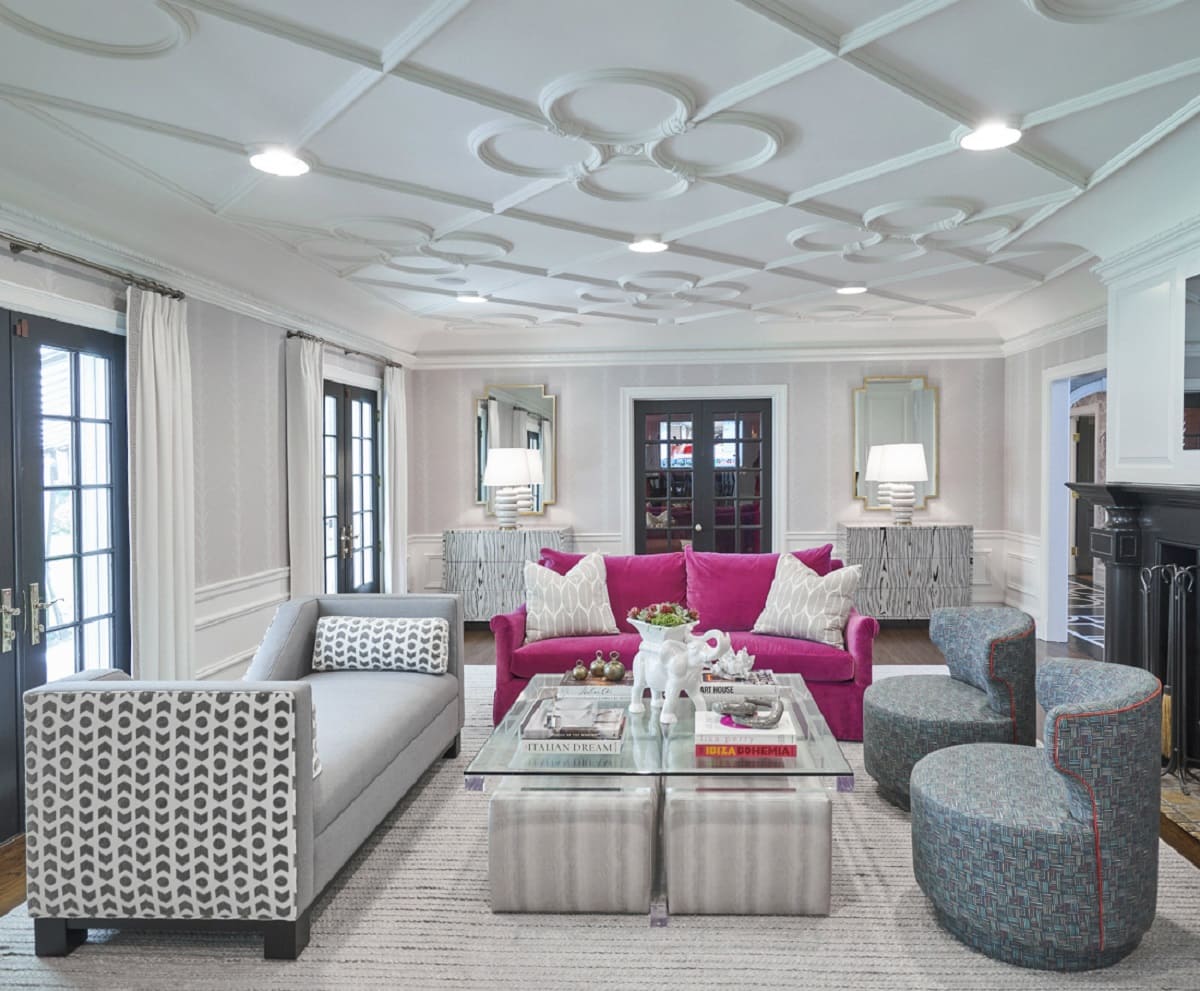
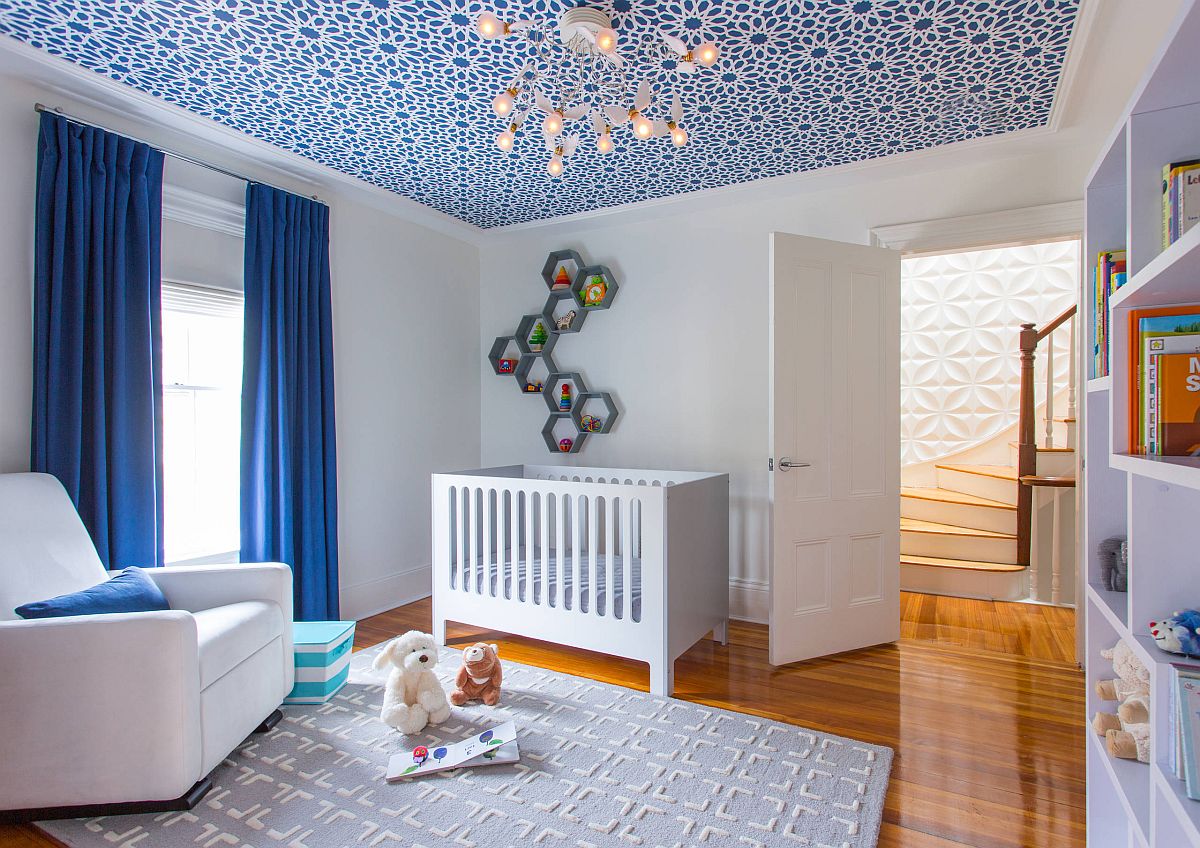
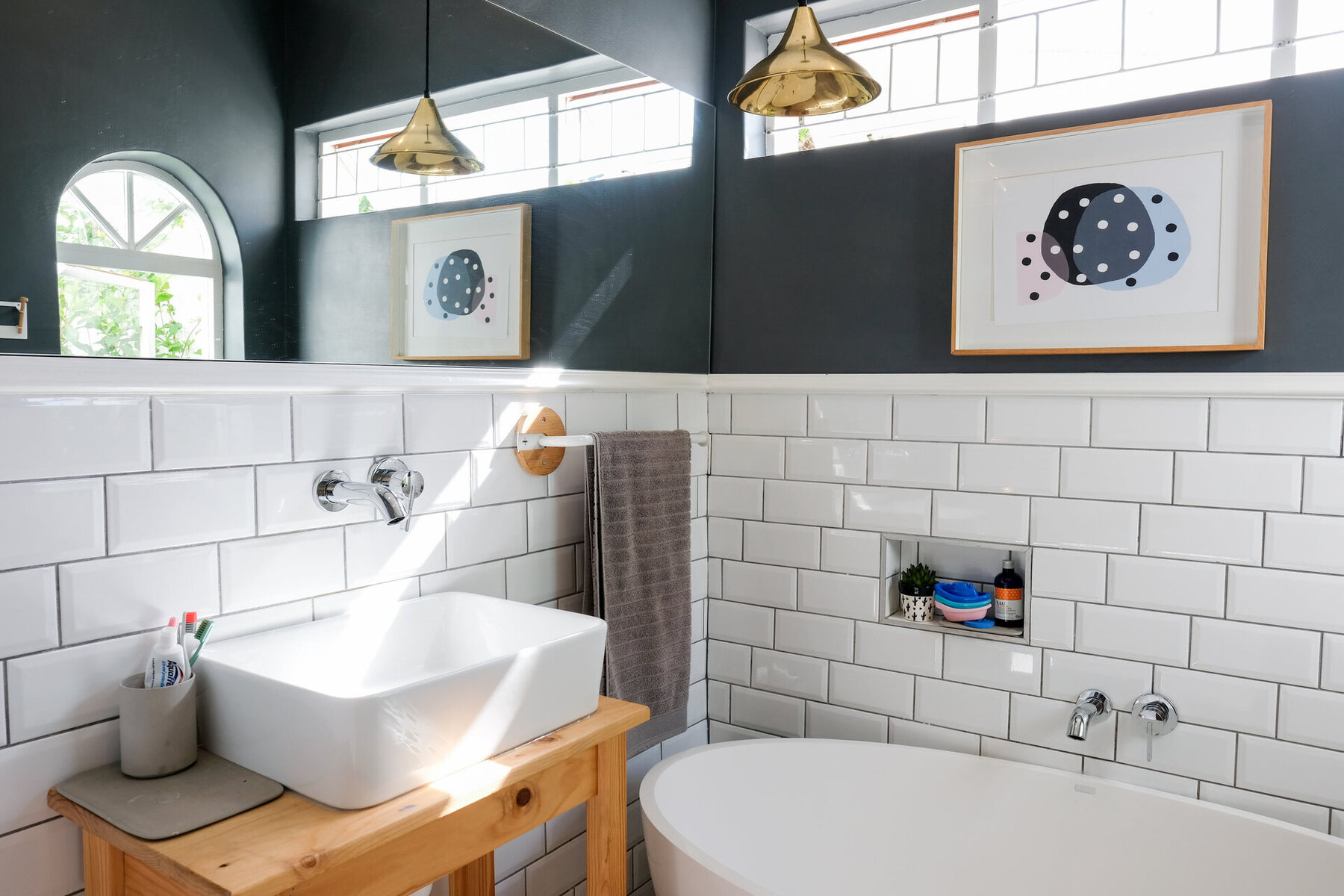
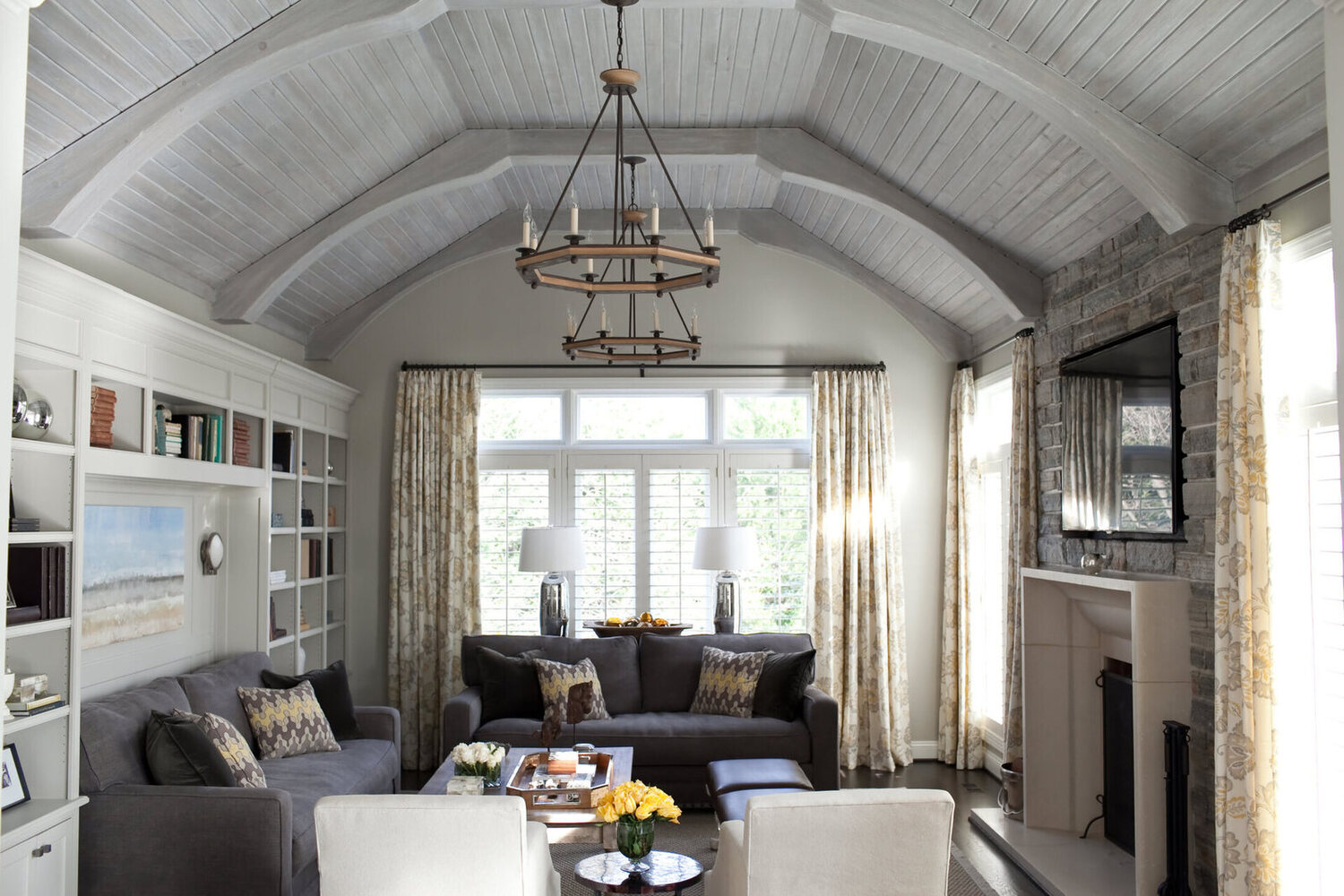
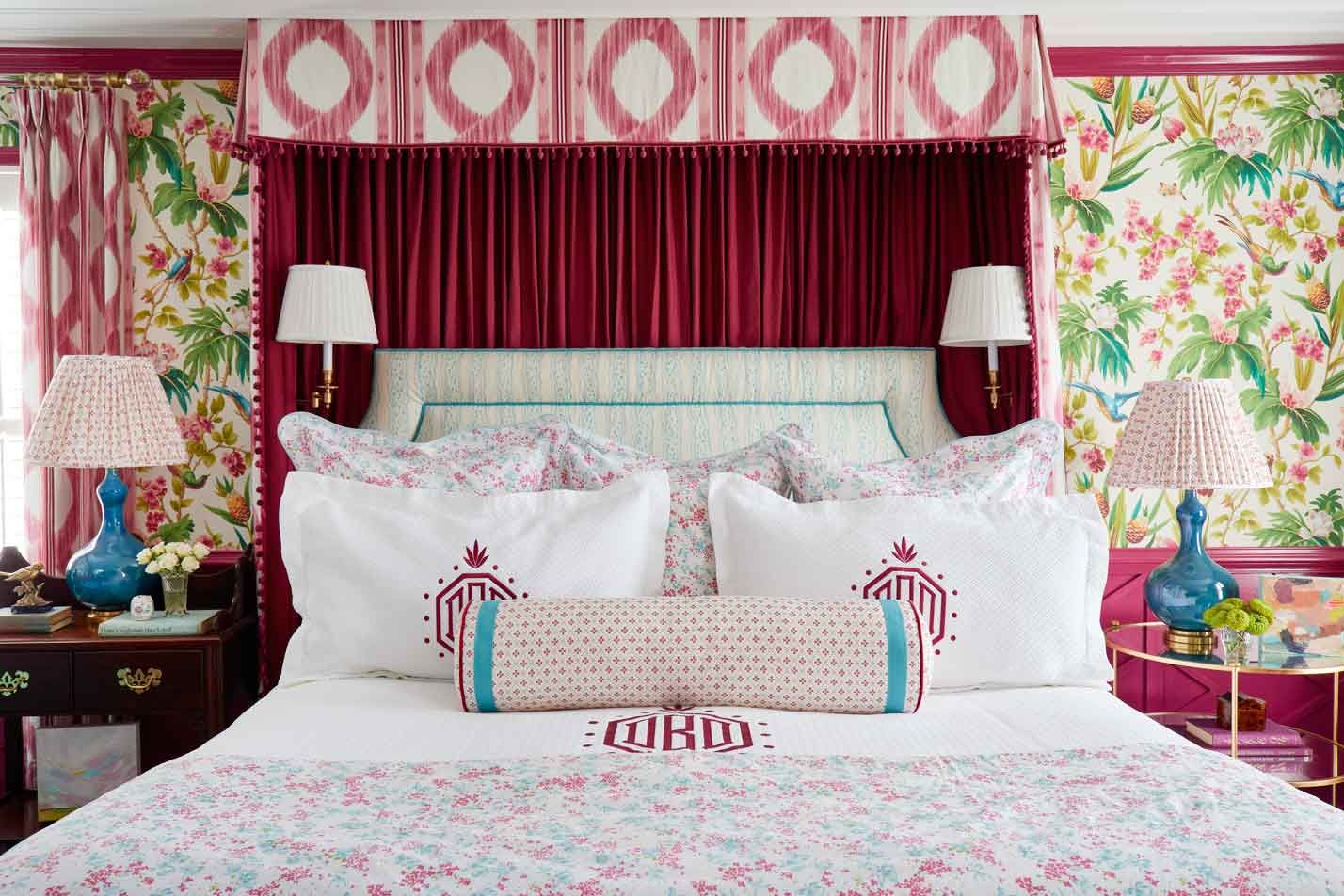
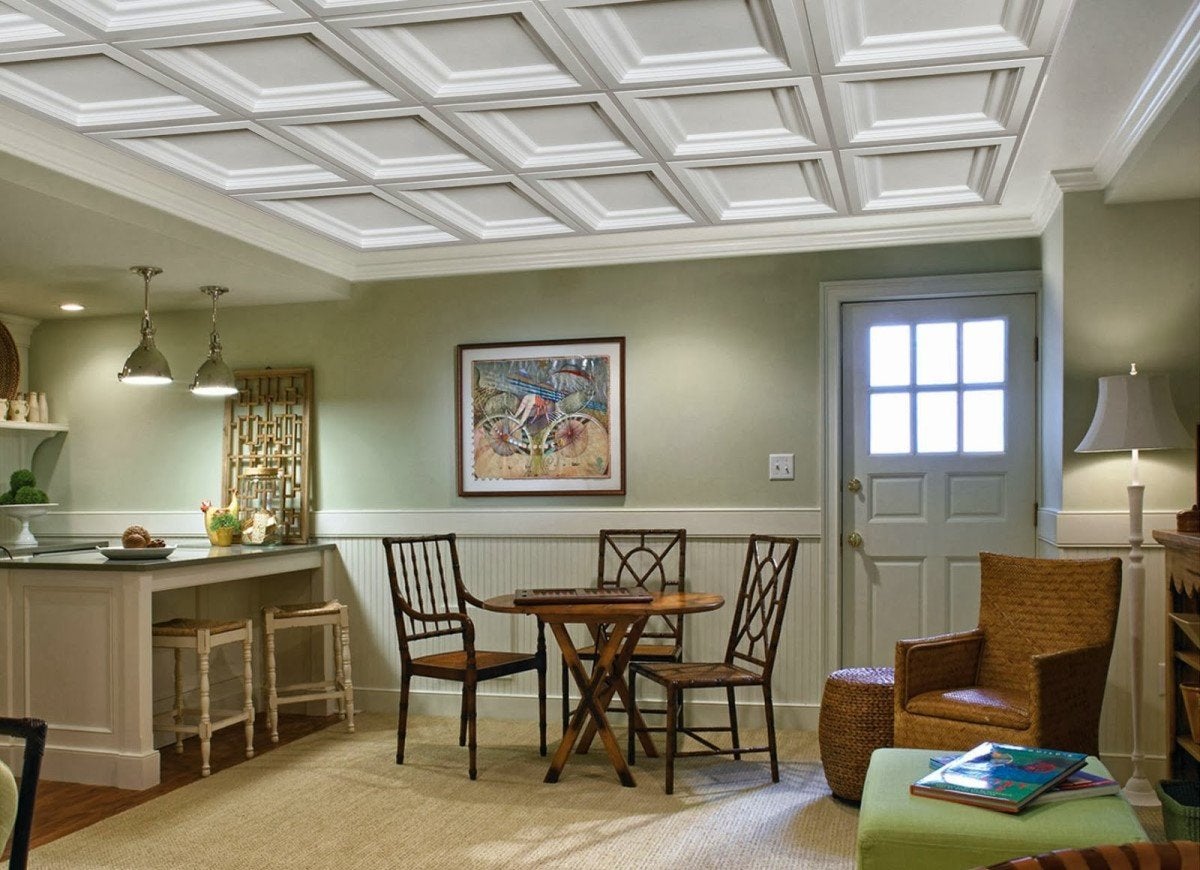

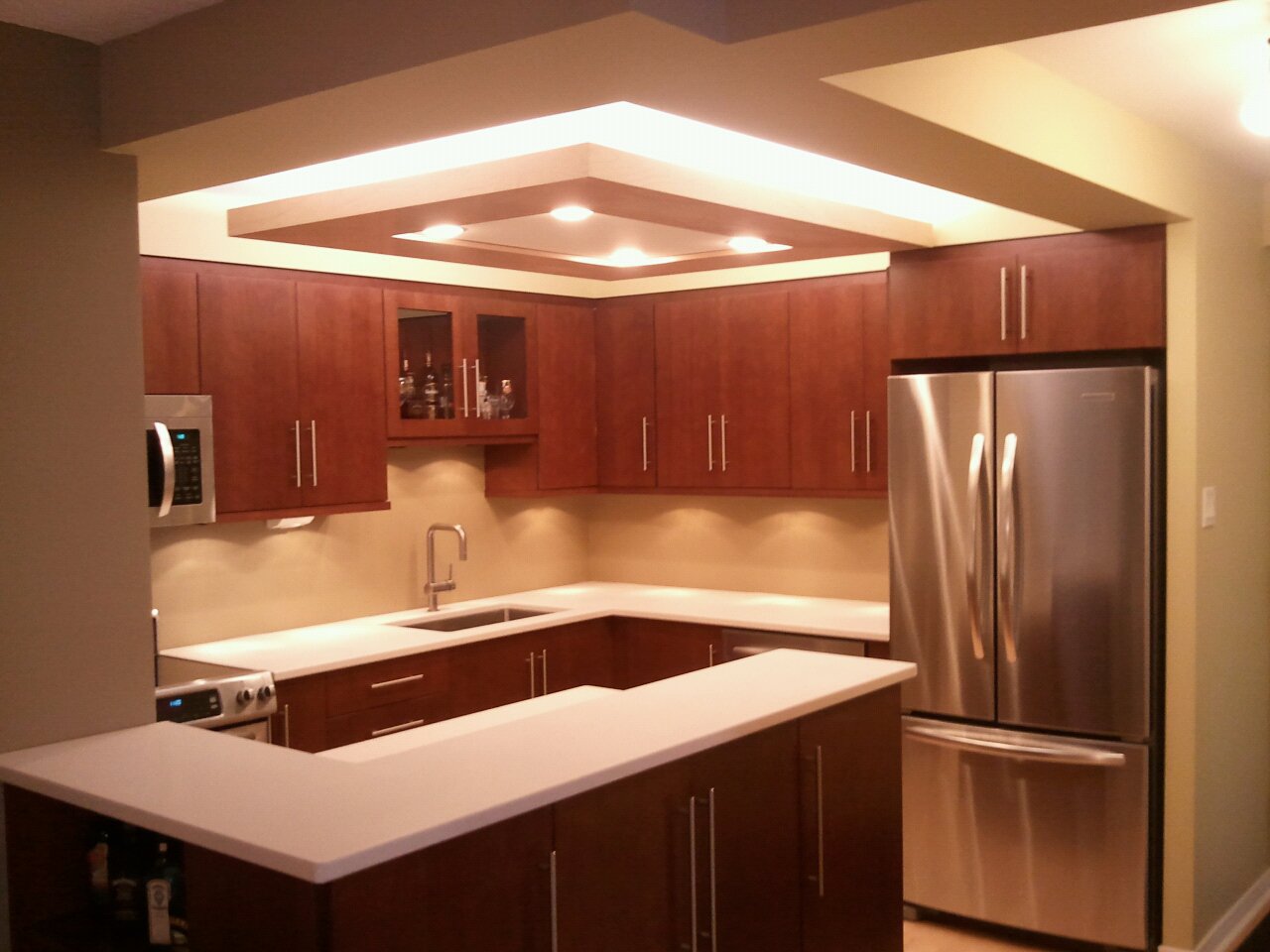
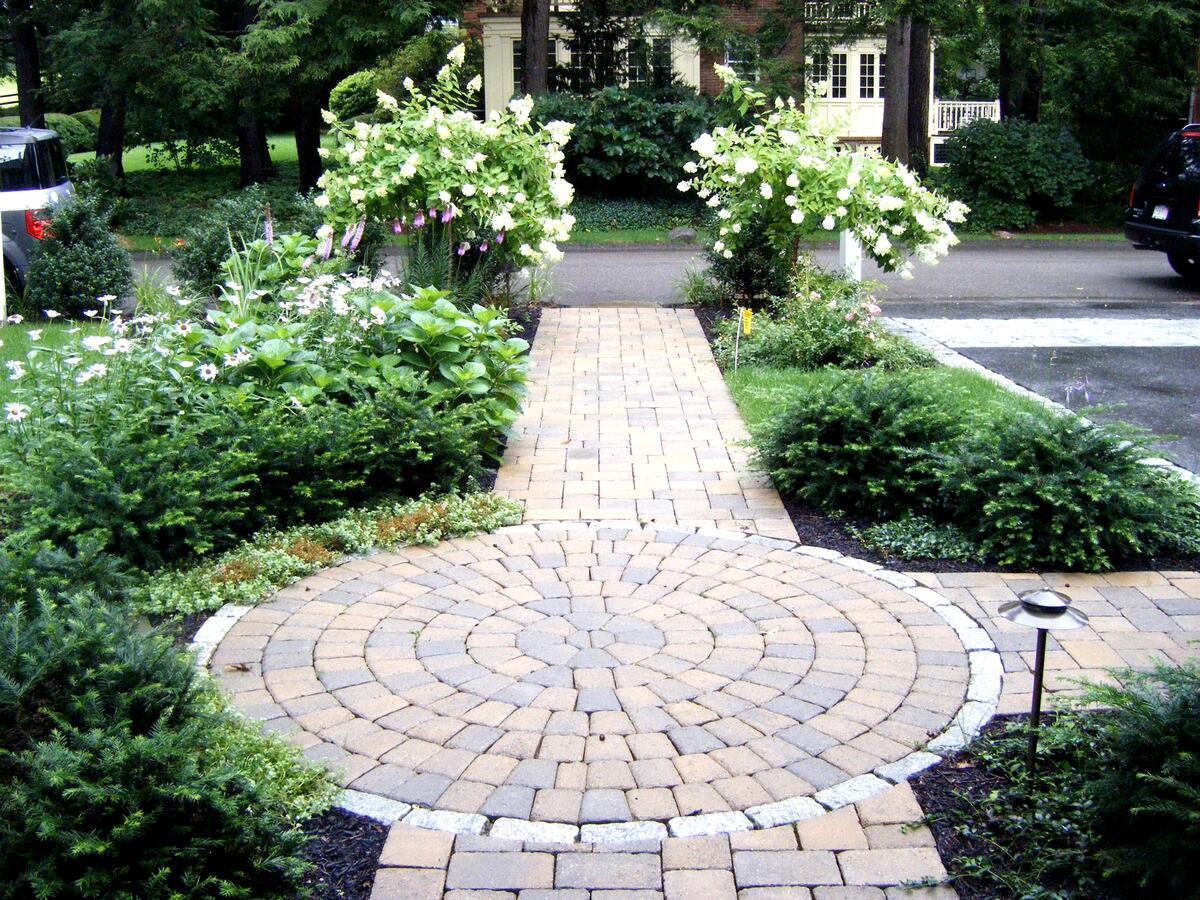
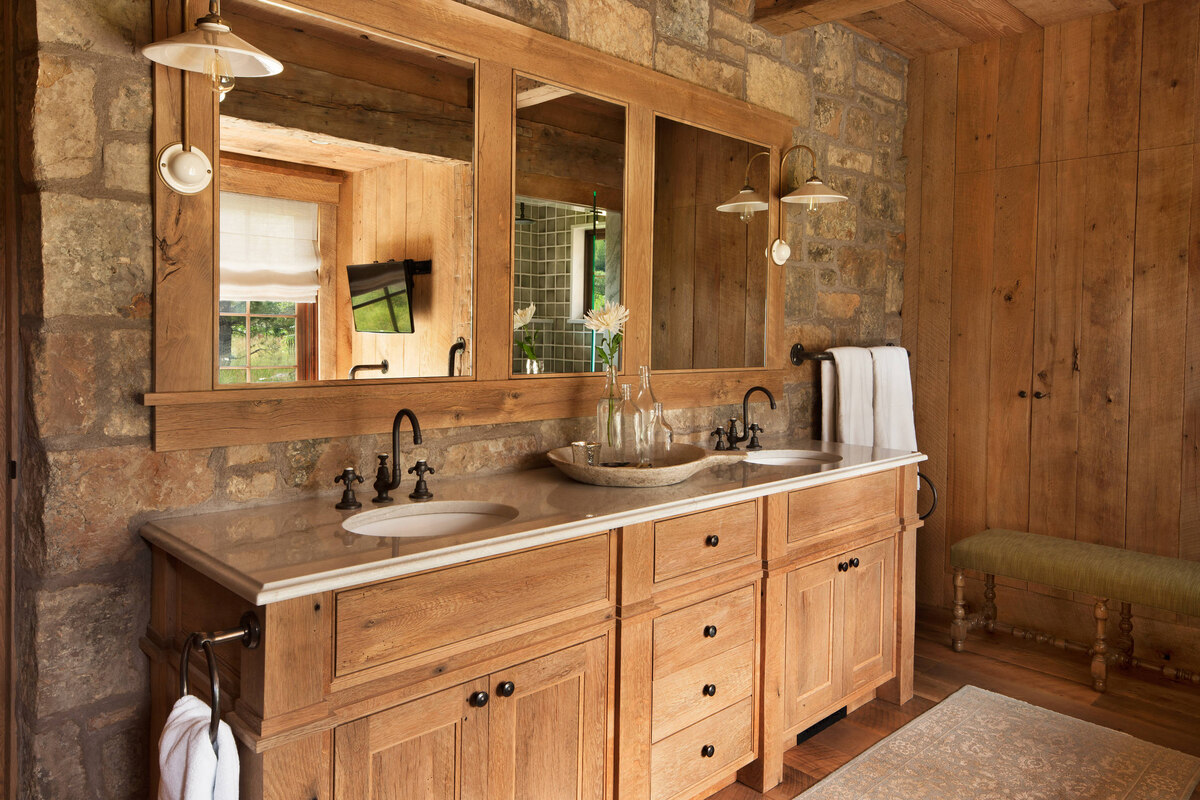
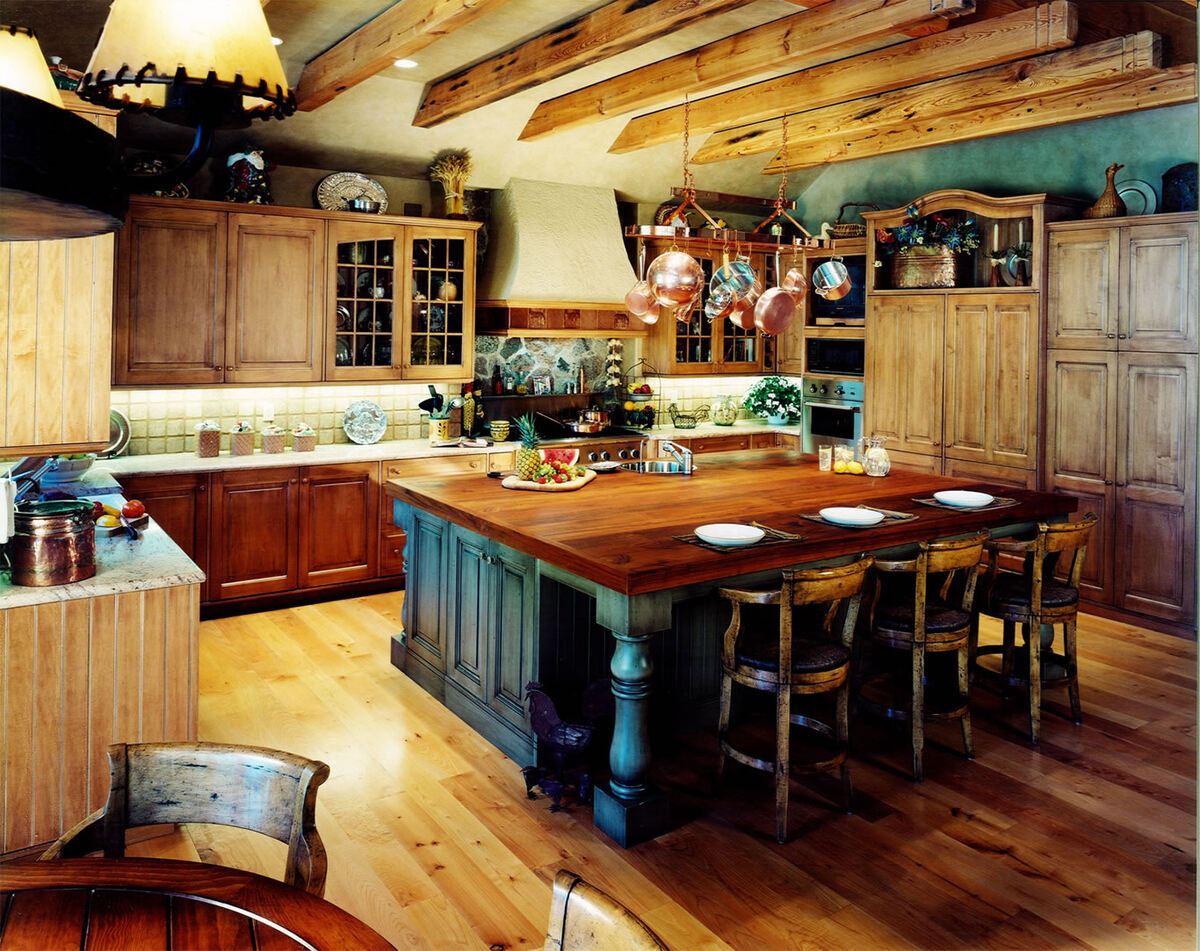
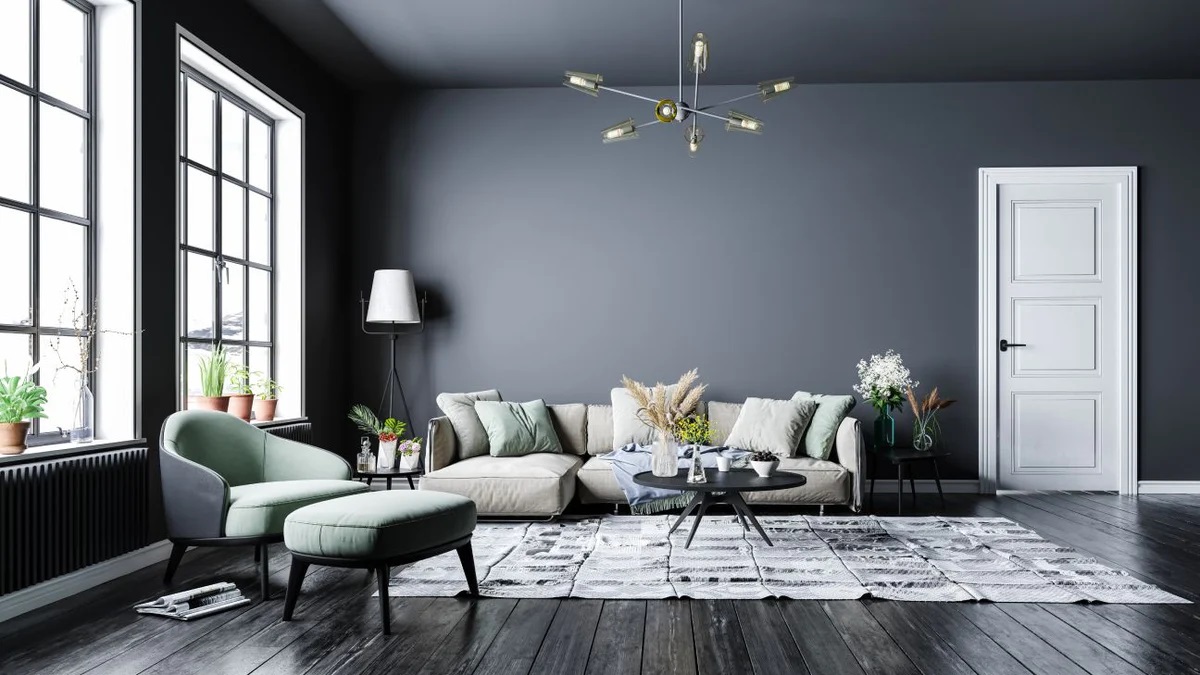

0 thoughts on “Ceiling Trim Ideas: 12 Ways To Enhance This Architectural Feature”